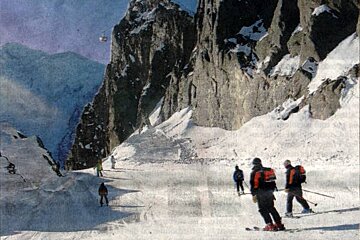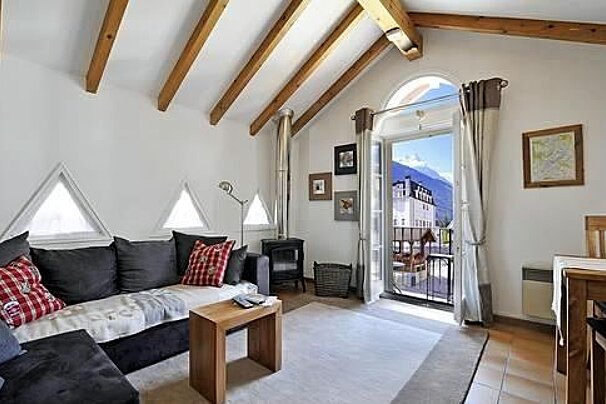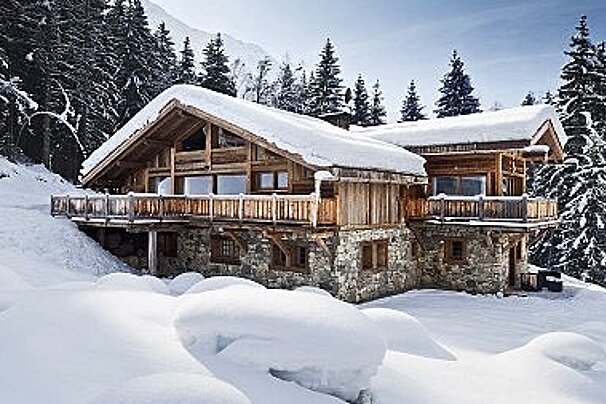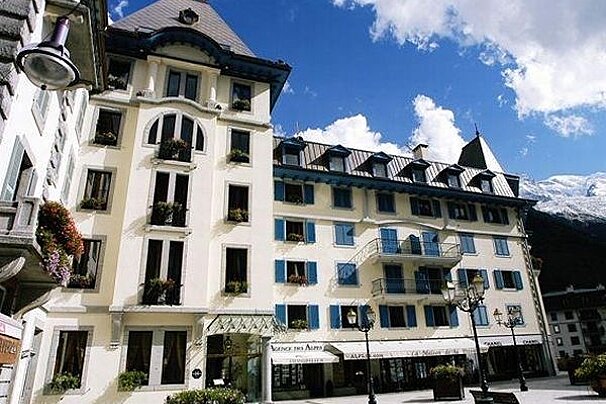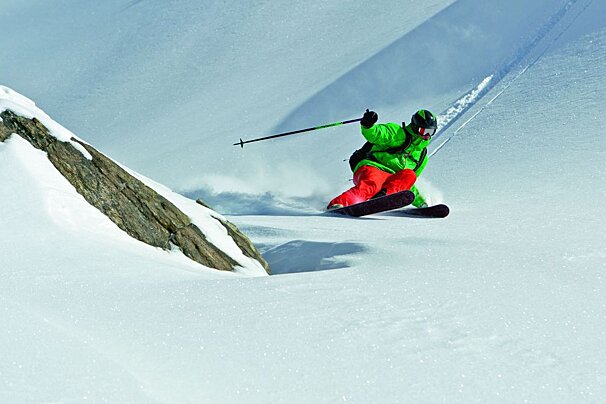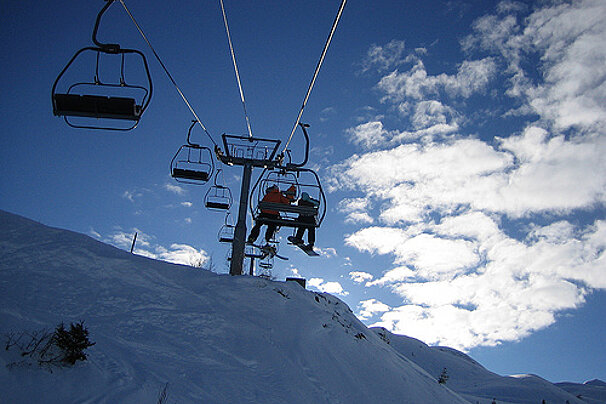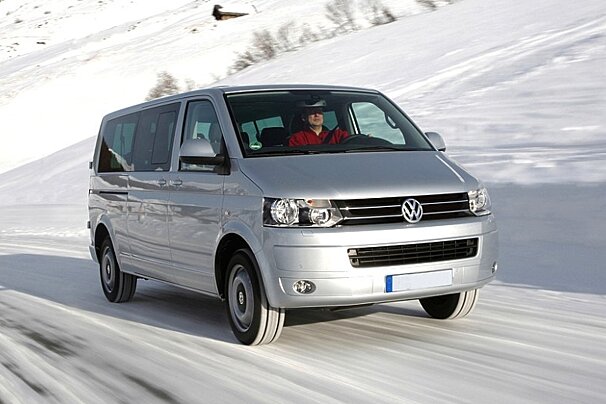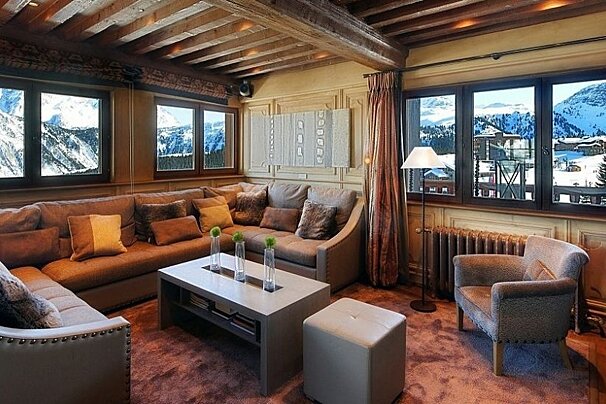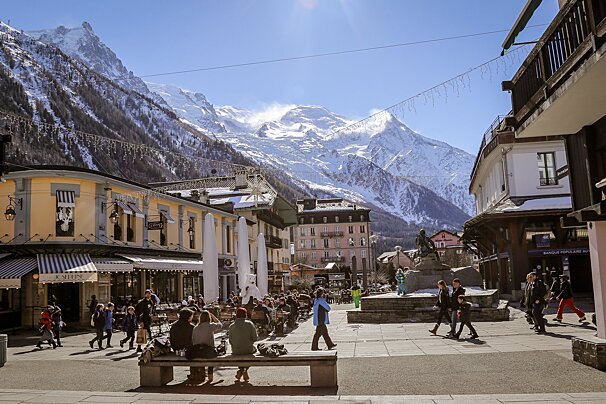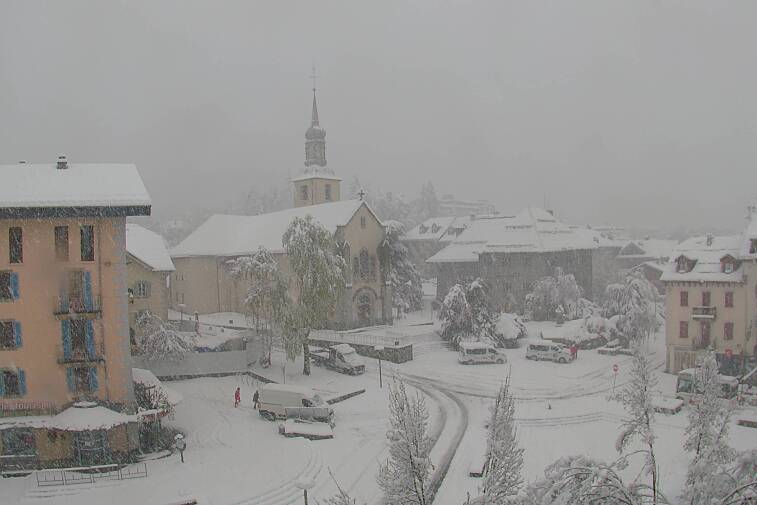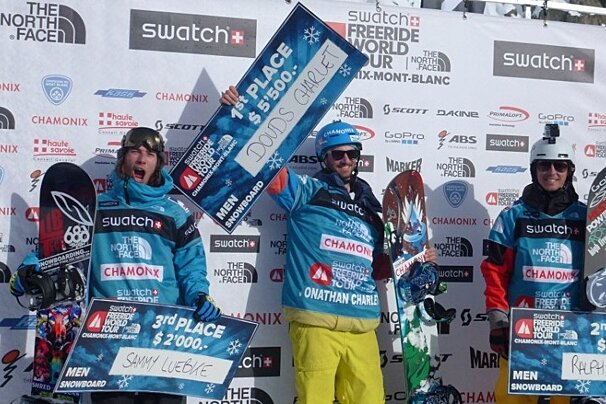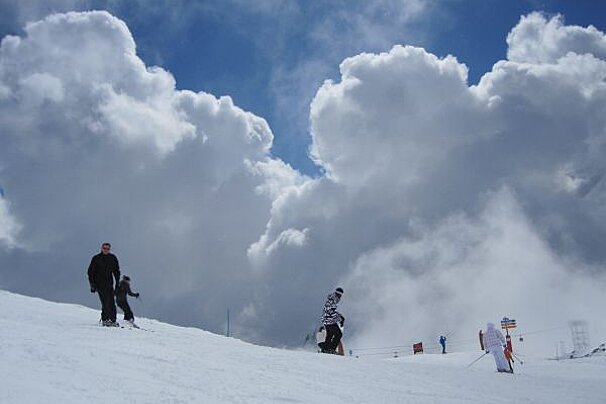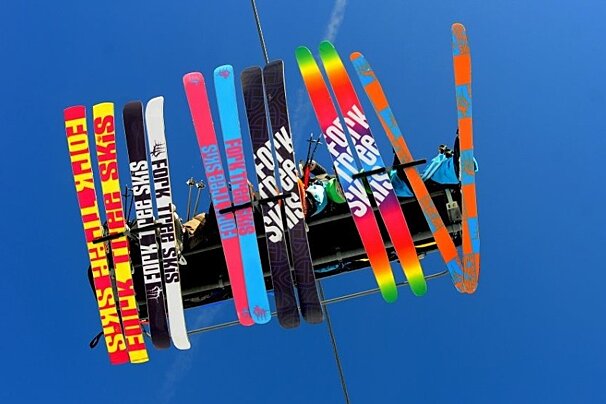Serious accidents can occur on piste as well as off
This week the local newspaper, Le Dauphiné Libéré, ran an article highlighting how vigilance is just as important when skiing or snowboarding on the pistes as when venturing off piste.
February is renowned for being the busiest month of the winter for ski resorts; half-term holidays throughout Europe mean that pistes are crowded with people doing everything from wide wobbly turns to straight lining at the speed of light. It is apparently the last hour of the afternoon that is the most fraught with potential danger; everyone making their way to the same lift station along the same pistes on tired legs. Narrow pistes can become crowded and challenging pistes can become more daunting due to the extra influx of people trying to make their way down.
Accidents are apparently most prevalent at weekends, with the PGHM (mountain rescue services) being called out an average of 21 times, usually in response to pisteurs who have attended accidents on the slopes. An enlightening fact is that there are more deaths during the winter on the pistes than there are in avalanches.
Le Dauphiné Libéré gave three examples of local fatalities that had occurred on seemingly “easy” pistes.
9th January 2009 – Les Contamines
A 53 year old man is returning to resort late in the afternoon via the homerun Le Chon, a red piste. He cut a corner and struck a tree, dying two days later in hospital from his injuries.
23rd January 2010 – Chamonix
A local school teacher and young mother takes part in the Derby des Posettes race. Competing in pairs, the aim is to get down the blue Esserts piste as fast as possible. The woman snowboarder hits a tree and is killed almost instantly, despite wearing a helmet.
31st January 2010 – Megeve
A ski instructor collides with a tourist on the blue Ideal piste. The tourist dies from his injuries, a subsequent investigation is ongoing.
The advice given to improve safety on the mountain is to be aware of anyone in front (ie downhill) of you, to control your speed and to wear a helmet. A little-known rule is that the skier or snowboarder in front has priority. In other words, it is your responsibility to be aware of anyone downhill of yourself and to adjust your speed accordingly. Professionals strongly advise wearing helmets, especially for children. They are now widely available for rental or sale and are now the must-have accessory!
The safety message has been promoted by a national campaign by the Ministry of Health and Sports and the Ministry of the Interior. In order to spread the word, 252 signs have been fixed to ski pylons in 137 resorts. This is in addition to the 1480 signs already put in place during the last 4 years, meaning that they will be seen by almost 150 million people using the lifts.
Source : Le Dauphiné Libéré
